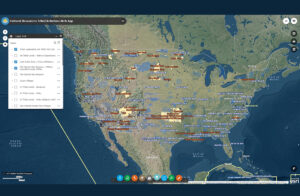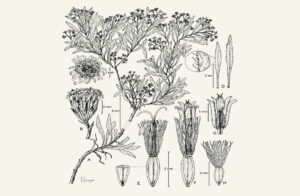CEMML’s multidisciplinary natural resources team informs management of land use with data collection and analysis. We partner with federal, state, regional, and tribal entities throughout the United States to ensure the sustainable use of natural resources in compliance with environmental regulations and consistent with local knowledge.
Natural Resource Management Services
Related Stories

CEMML partnership helps ensure Native American voices are heard in military planning
Much of the roughly 26 million acres that the Department of Defense oversees nationwide was once occupied by Native American tribes. Military installations are legally required to consult with interested tribes when carrying out projects that affect natural and cultural resources. A tool developed by CEMML and the Air Force Civil Engineer Center helps determine which tribes may have an interest in an installation’s land or airspace.

CEMML botanists help gain recognition for new Hawaiian plant species
After 35 years since its initial discovery, Hawai’i has a newly recognized species of pamakani, thanks to the persistance of CEMML biologists. Dubbed Tetramolopium stemmermanniae, the daisy-like plant joins 47 other species of rare plants found within Hawaiʻi’s U.S. Army Garrison Pōhakuloa Training Area.

Spreading the love of monarchs: CEMML intern works with Midwestern pollinators
As part of his CEMML internship, Alexx Uecker’s work for the Midwest Natural Resources Program of the Air Force Civil Engineer Center gave him the opportunity to study bats and support important pollinators like the monarch butterfly. During his six-month experience, Uecker supported monitoring and survey efforts at Air Force bases across the Midwest.
Share this page on social media